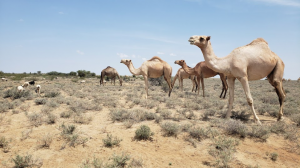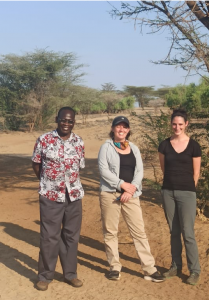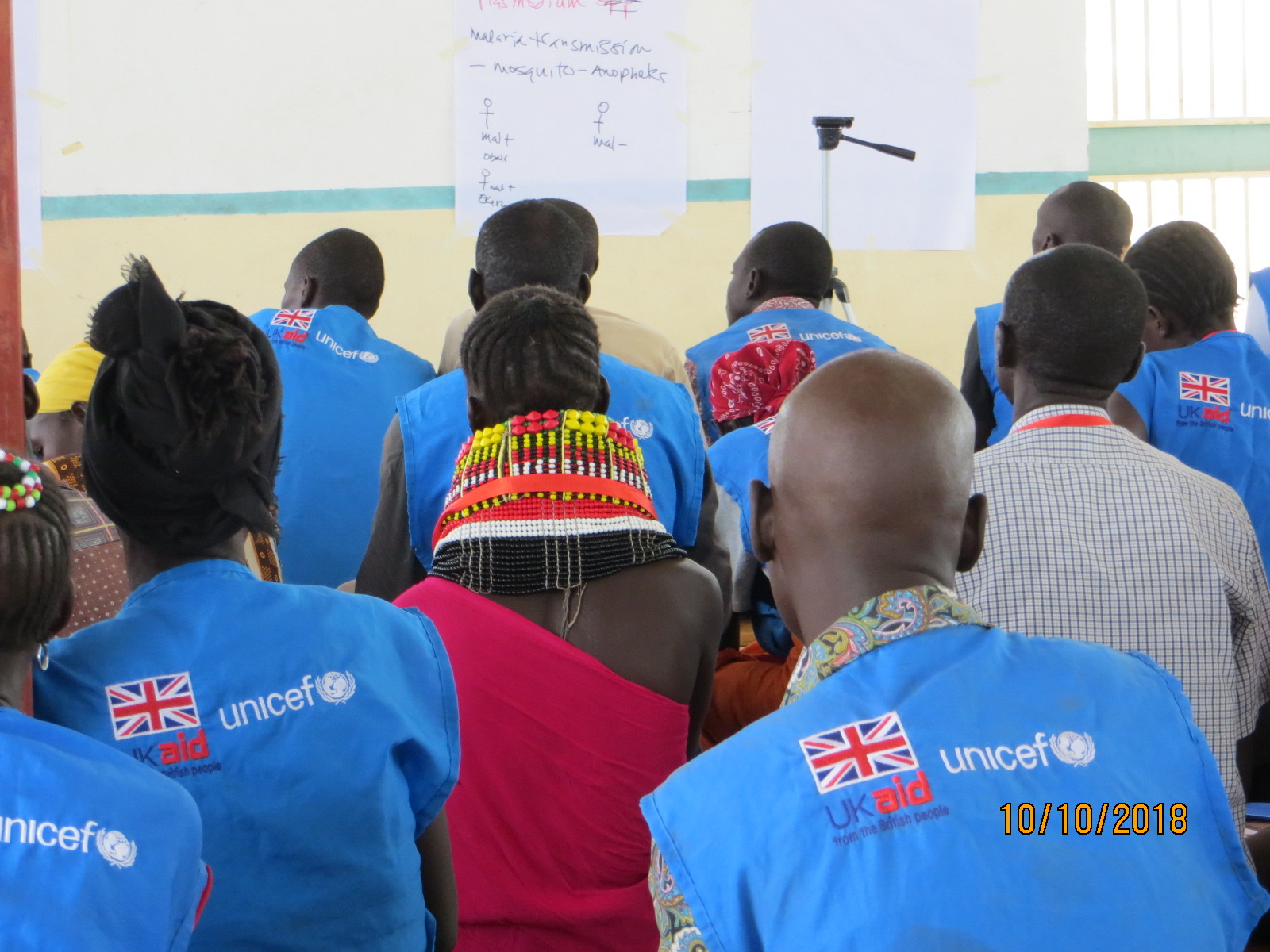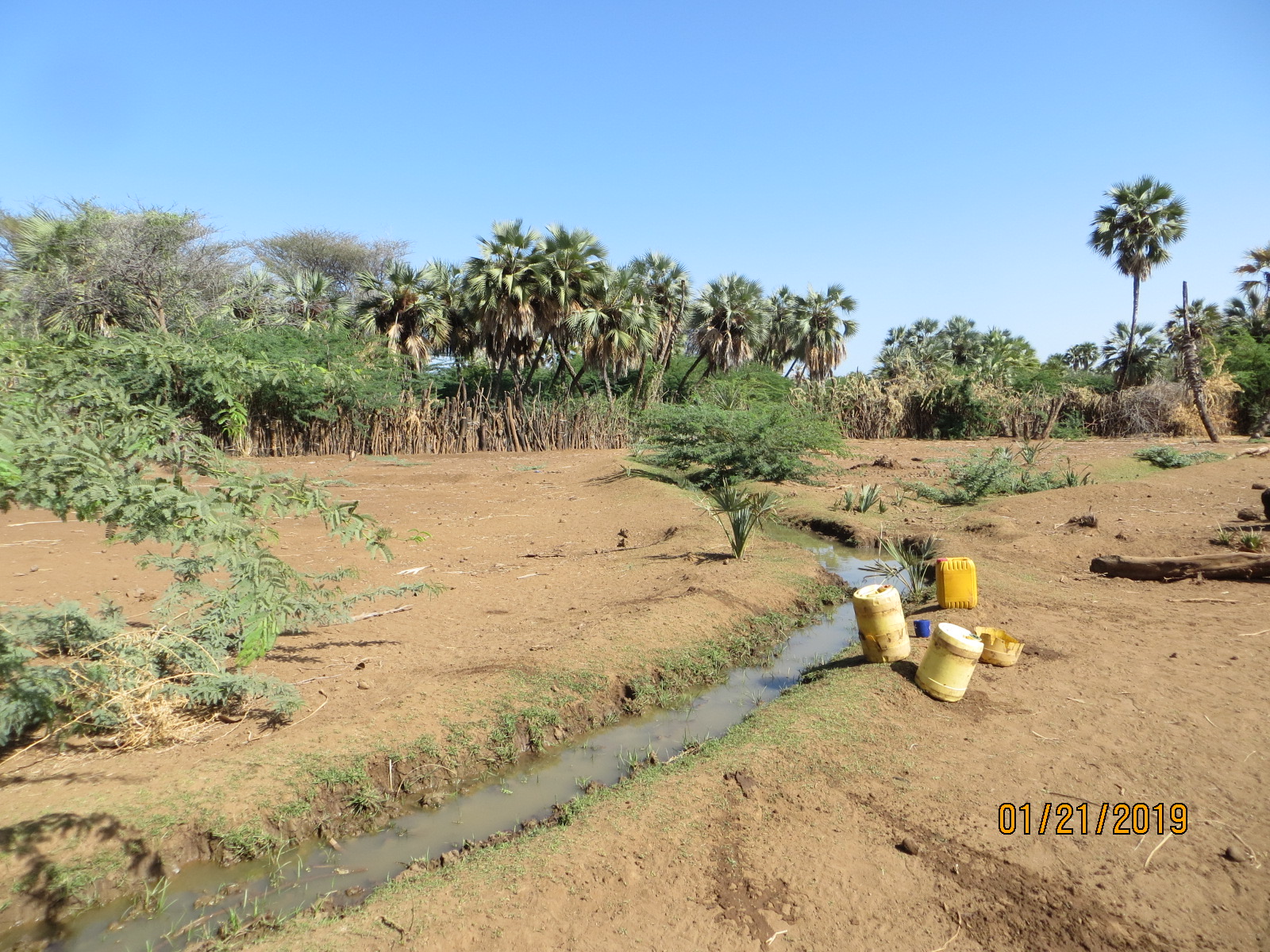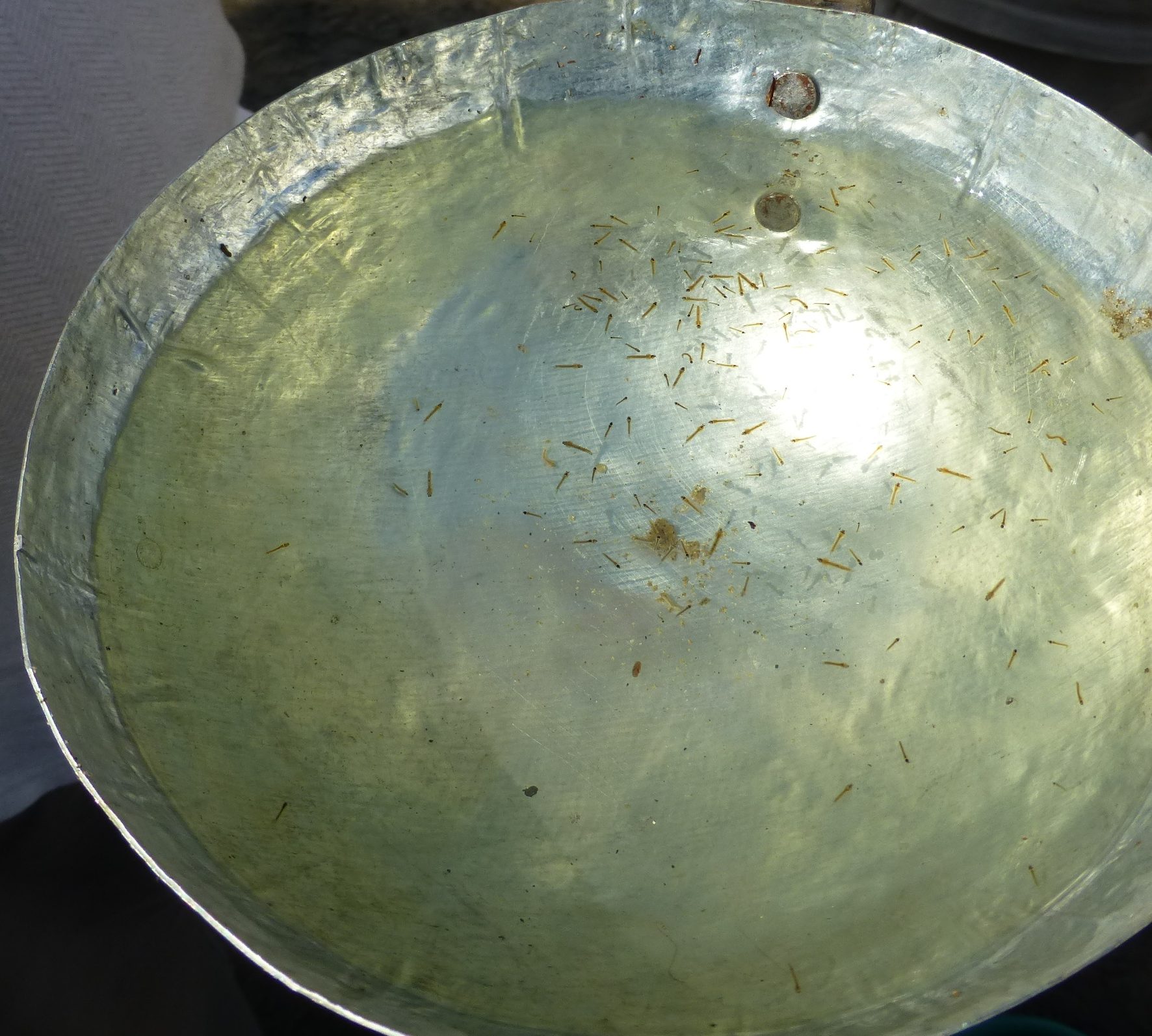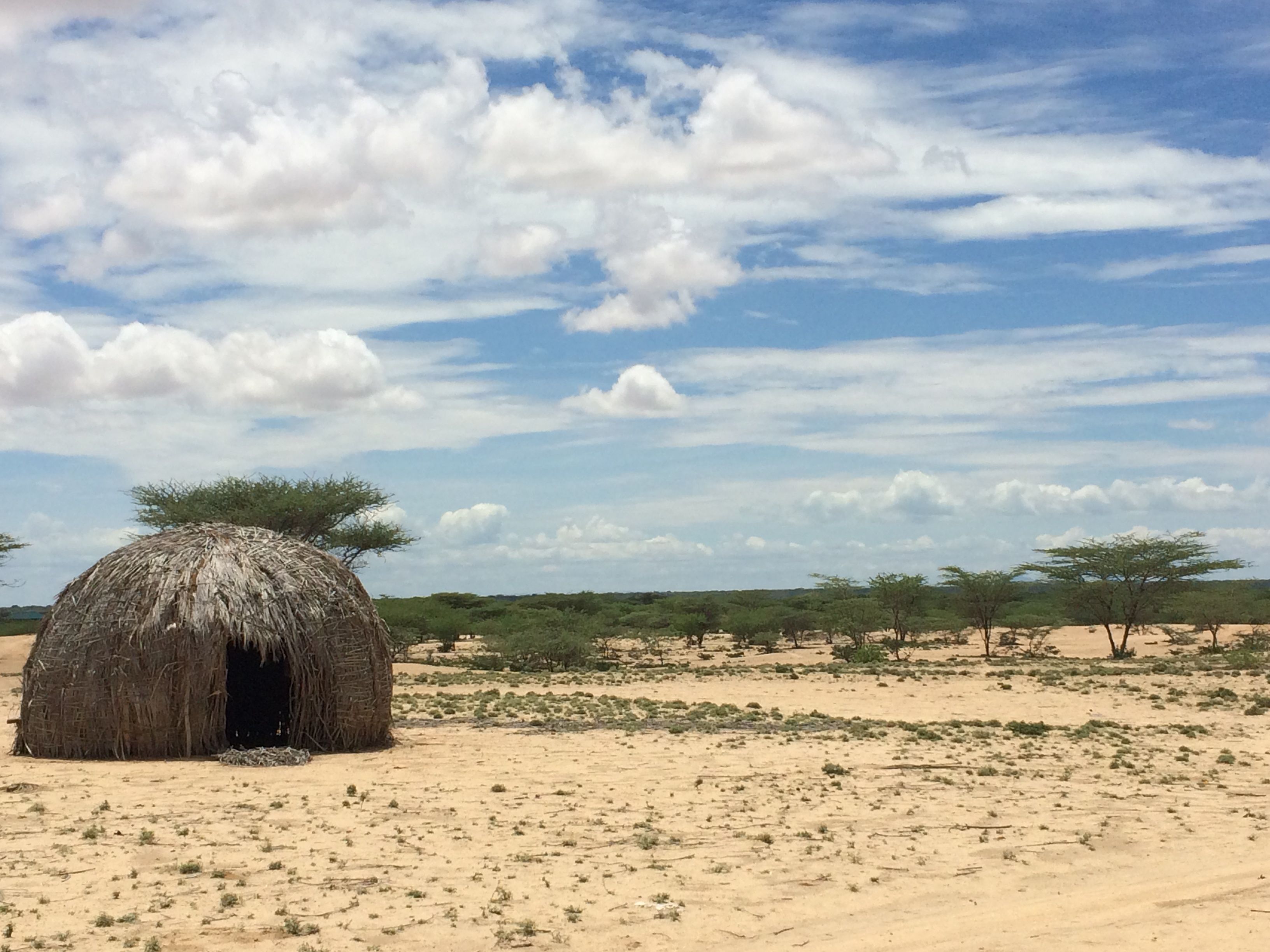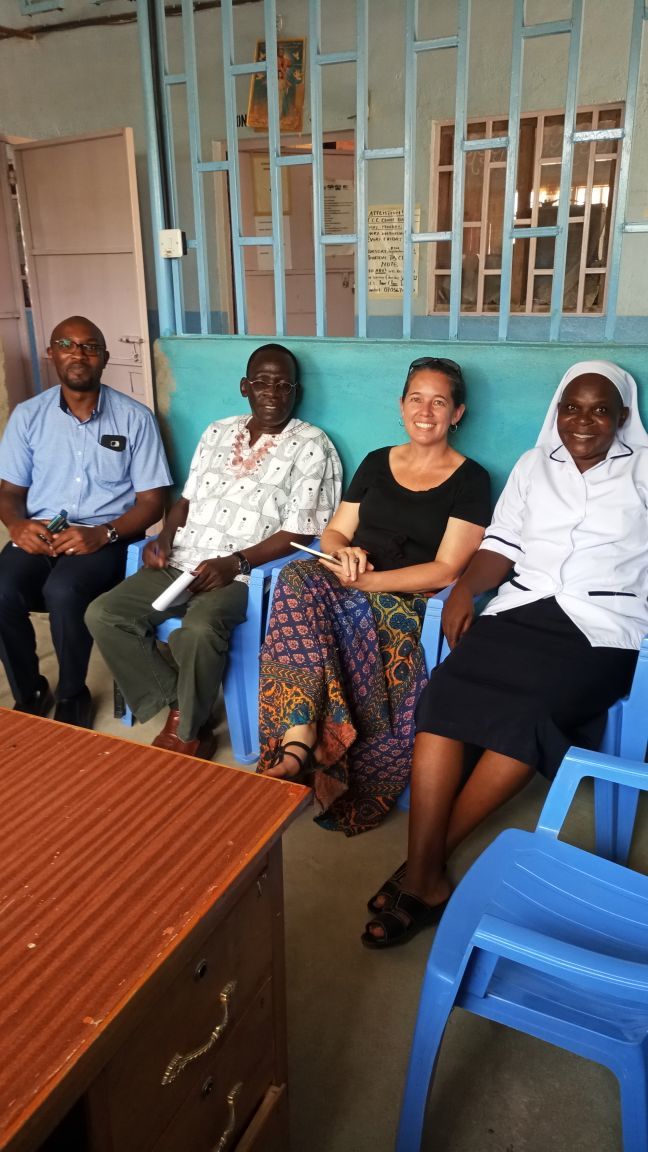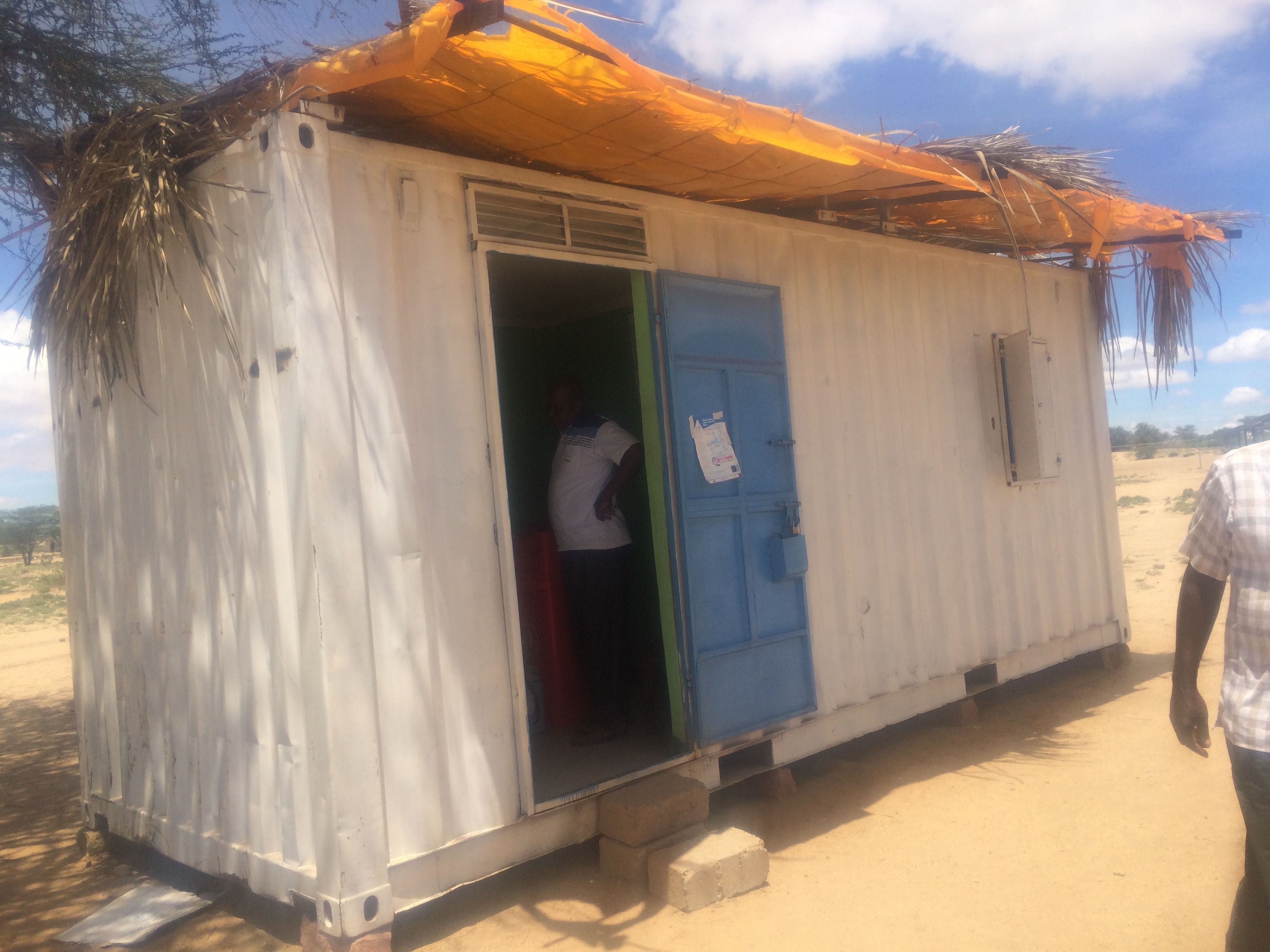Quantifying the relationship between human mobility and disease transmission is critical for identifying disease sources and designing interventions. Methods for capturing mobility patterns have largely been used to characterize settled populations. Mobility patterns in mobile populations, such as nomads, are less well known. These populations may be at higher risk of acquiring new infections or may import/transmit new infections as they move. Characterizing their mobility and disease exposure rates is crucial to understanding their role in disease transmission.
Dr. Hannah Meredith was awarded a Fogarty International Fellowship to expand upon our group’s work with the Turkana, a semi-nomadic population, to test the hypothesis that the Turkana are at greater risk of exposure to vector-borne diseases during seasonal treks than when staying at their semi-permanent settlements. For the last year, Dr. Meredith has lived in Kenya, working with community health workers in Turkana to enroll semi-nomadic households in the study, screen them for malaria before and after their seasonal treks, and assign GPS loggers to migrating pastoralists to collect information on their migration routes. Analysis is ongoing, but preliminary results of malaria prevalence in the community further demonstrates the need for interventions that are more suitable for mobile, outdoor dwelling populations.
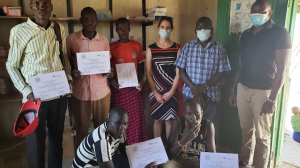
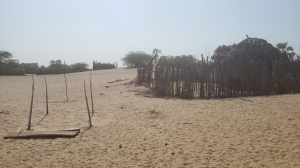
Households typically build structures out of sticks and palm fronds (right) surrounded by a fence to keep livestock corralled at night. These structures are quick to build (a few days) and are usually built to store belongings and provide some shelter from the elements; however, many household members sleep outside. On the left are a set of 4 sticks that were sometimes used to suspend a bednet over the sleeping area; however, few households reported having access to bednets.
